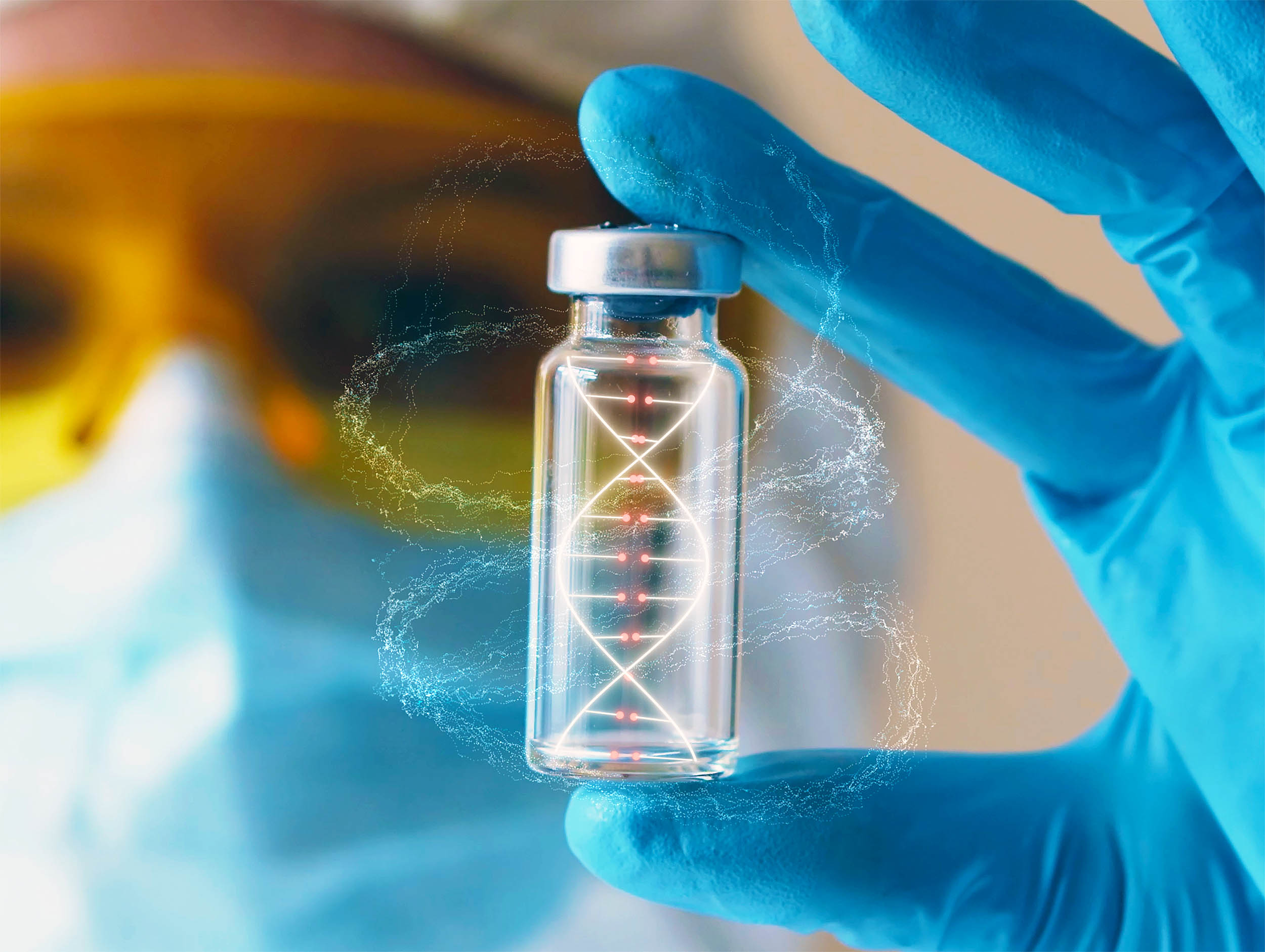A recent study shows that reading chemical marks on just two stretches of human DNA can estimate a person’s chronological age to within about 1.36 years – if the person is younger than 50.
The work comes from the Hebrew University of Jerusalem, where Professor Tommy Kaplan and his colleagues trained a deep learning model called MAgeNet to read single‑molecule methylation patterns.
“It turns out that the passage of time leaves measurable marks on our DNA,” said Kaplan, enthused about this finding he credits to the team’s focus on high‑resolution data.
DNA methylation is a steady change that happens over time, where a small chemical tag gets added to specific spots in the DNA.
Because methylation builds up or fades in predictable ways as people age, scientists have treated it as a molecular clock for more than a decade.
Earlier age prediction models looked at hundreds of scattered DNA sites, but MAgeNet focuses on just two specific regions.
It studies thousands of individual DNA fragments from those regions and runs them through a layered AI system to figure out a person’s age.
The network learns whether each fragment is fully methylated, partly marked, or untouched, then weighs more than 130,000 possible patterns to calculate a final age prediction.
Two DNA regions determine age
Horvath’s 2013 epigenetic clock needed 353 CpGs and still missed the mark by almost four years on individual blood samples.
Non‑linear “GP‑age” modeling cut that error to about two years using 30 CpGs, but it still relied on array data that blurs single‑molecule details. Pyrosequencing work later trimmed the list to five CpGs yet could not beat a 3.9‑year median error.
Kaplan’s team showed that focusing on pattern combinations rather than single averages lets a neural network squeeze out nearly twice the accuracy of any earlier clock.
Age test informs care
MAgeNet’s predictions did not change when researchers stratified volunteers by body‑mass index, smoking history, or sex, suggesting that the two‑locus signatures are insulated from lifestyle noise.
Such stability could help physicians decide whether a patient’s treatment plan matches cellular age rather than calendar age, a crucial distinction in emerging “gerotherapeutic” trials that target biological aging.
The study also tracked 52 Jerusalem residents a decade apart and found that early deviations between predicted and calendar age remained almost unchanged ten years later.
This fact implies that the methyl tags lay down a durable timestamp rather than fluctuating with short‑term health shifts.
Because the assay works on as few as 50 DNA molecules, even a pediatric finger prick or archived neonatal blood spot could, in principle, reveal whether growth‑related therapies are accelerating or slowing a child’s cellular timeline.
Forensics and DNA age testing
Forensic scientists have long sought a tool that can reveal a suspect’s age from a trace DNA profile, something standard methylation arrays could not deliver without milligrams of tissue.
The Hebrew University team showed that down‑sampling their libraries to the equivalent of 20 genomic copies still kept the median error below four years, a tolerance well within the age ranges investigators typically publish in bulletins.
Urine samples predicted age within 2.5 years, while saliva lagged at 6.4 years, indicating that re‑training the model on cell type-specific data could broaden its courtroom utility.
Because most criminal suspects are under 40, the sub‑one‑year error seen in that age band may finally let agencies add an accurate number, not just a broad bracket, to DNA‑based composite sketches.
Clock slows after 60
What drives some CpG clusters to tick in lockstep while others drift stochastically remains unclear. The authors speculate that nucleosome positioning and local enzyme kinetics may set the pace.
They also note that the clock’s error grows past age 60, hinting that accumulated epigenetic noise or selective survival of certain blood cell types begins to obscure the signal after mid‑life.
Future work aims to attach unique molecular identifiers during PCR to remove duplicate reads, a simple change that could shave away the remaining variance in the model.
A broader donor pool will test whether ethnicity, chronic disease, or extreme environments push the two‑locus DNA age clock off course, or whether, as the early data suggest, every cell on the planet keeps DNA time with the same molecular second hand.
The study is published in Cell Reports.
—–
Like what you read? Subscribe to our newsletter for engaging articles, exclusive content, and the latest updates.
Check us out on EarthSnap, a free app brought to you by Eric Ralls and Earth.com.
—–
